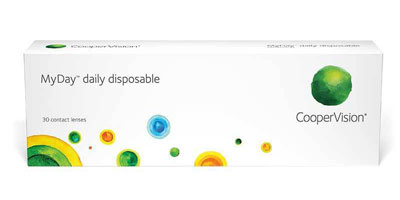Contact Lenses
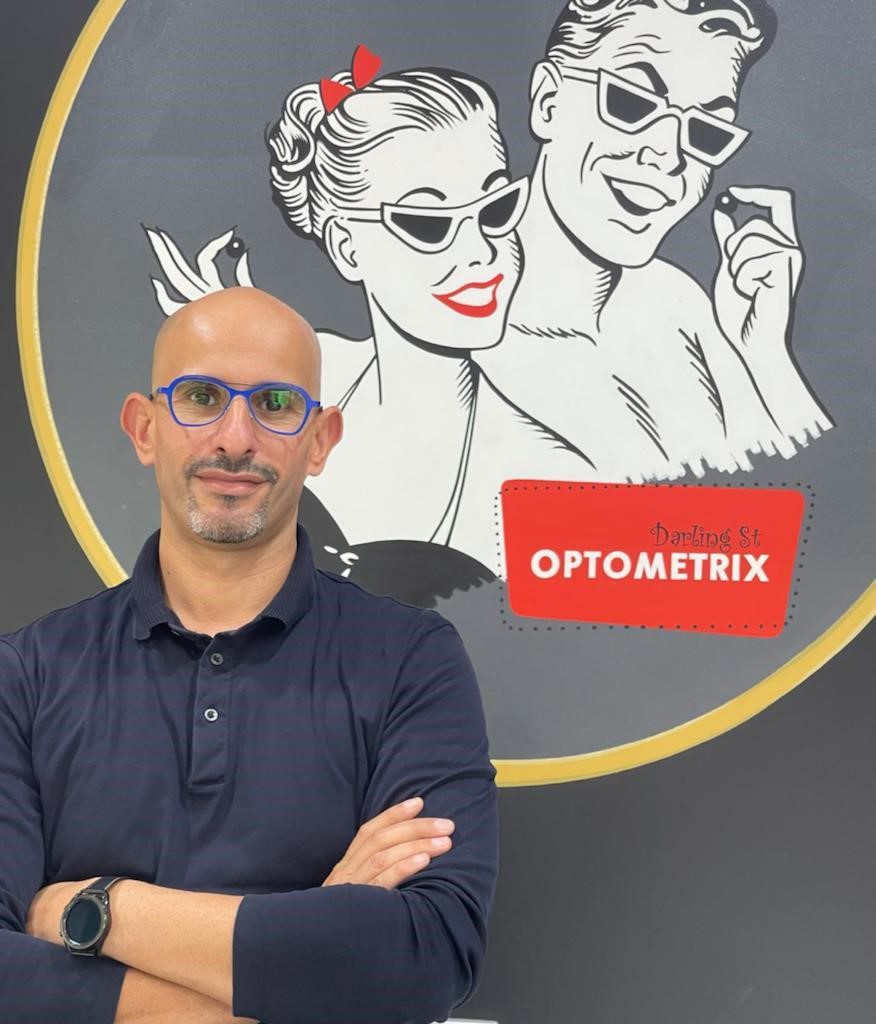
It never surprises me how many patients, who already wear spectacles, are unaware they can also wear contact lenses. I will never say ‘no’ and if the motivation and standard of expectation are present, then it will be pursued and accomplished.
Having worn contact lenses since the age of 14 and tutored and supervised contact lens clinics at the School Of Optometry UNSW, I am ready to provide years of knowledge and experience to help you through your journey of contact lens wear.
Contact lenses can be prescribed and fitted in many forms including:
SINGLE VISION
This corrects myopia, hyperopia and astigmatism.
MONOVISION
This is a form of correction for presbyopia, where one eye is used to view distance and one eye is used to view near objects. The brain then merges the images together and suppresses the blurred image when required. The challenge here is the compromising in depth perception.
MULTIFOCALS
This is another form of correction for presbyopia whereby the patient can see both distance and near objects. Unlike monovision, multifocal lenses allows both eyes to be used for distance and both eyes to be used for reading. This is possible because it is dependent on pupil size. When looking in the distance the pupil mid dilates and uses the mid peripheral part of the lens. When looking at a near object, the pupil constricts and uses the central part of the lens. The challenge here is the adaptation of halo/flare of lights around objects.
All the above modalities can be manufactured in a soft contact lens made of silicone and a special form of plastic polymer and water.
Contact lenses are available in the following wearing modalities
Daily disposables
These lenses are used and disposed of daily. There is no cleaning or maintenance required.
Fortnightly disposables
These lenses are used every day for 2 weeks. They require cleaning and maintenance daily.
Monthly disposables
These lenses are used every day for 1 month. They require cleaning and maintenance daily.
Extended Wear
These lenses can be left in the eye for 29 continues days and night. They do not have to be removed from the eyes; however, regular eye examinations are recommended to avoid onset of any eye infections.
There are many different contact lens manufacturers and brands available to purchase. They range in quality of material, design, and price.

I have been wearing contact lenses for over 20 years. I have trialled every contact lens made. If it doesn’t pass my standards, I will NOT prescribe it to my patients.
Certain conditions require custom made specialty contact lenses including:
Keratoconus
This requires a custom-made hard contact lens. We have all the necessary skills and access to contact lens manufacturers to design and fit these lenses.
The front surface of the lens is usually spherical in shape to allow light to refract into the eye and focus where it should to provide good vision.
The back surface of the lens is designed in many different curves to fit over the conical shape of the cornea and be comfortable to wear.
Prosthetic Lens
In instances where patients have an injury to their eye and the appearance of the eye is disturbed. A prosthetic lens can be designed and made to mimic the shape, size and colour of the eye.
Contact lenses we stock
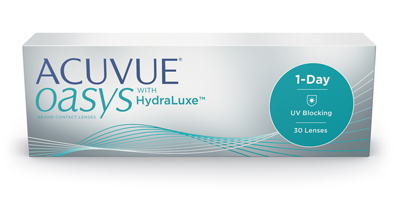
ACUVUE OASYS 1-Day
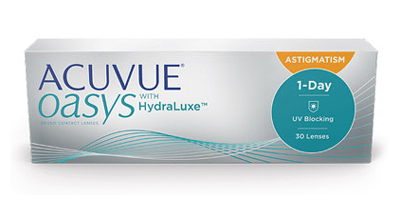
ACUVUE® OASYS® 1-DAY with HydraLuxe™ TECHNOLOGY for ASTIGMATISM
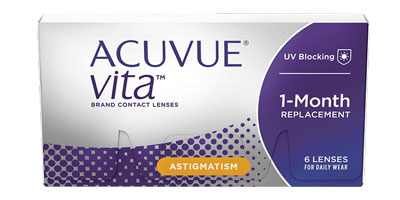
ACUVUE VITA™ For Astigmatism
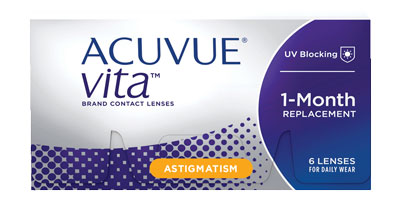
ACUVUE VITA™
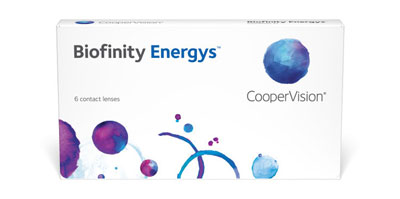
Biofinity Energys
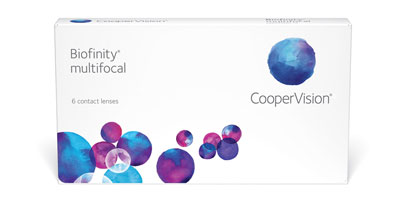
Biofinity® multifocal
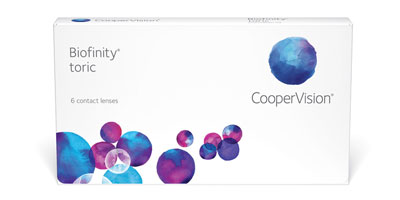
Biofinity toric
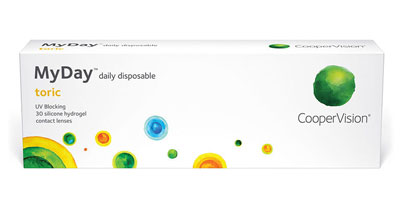
MyDay daily disposable toric
